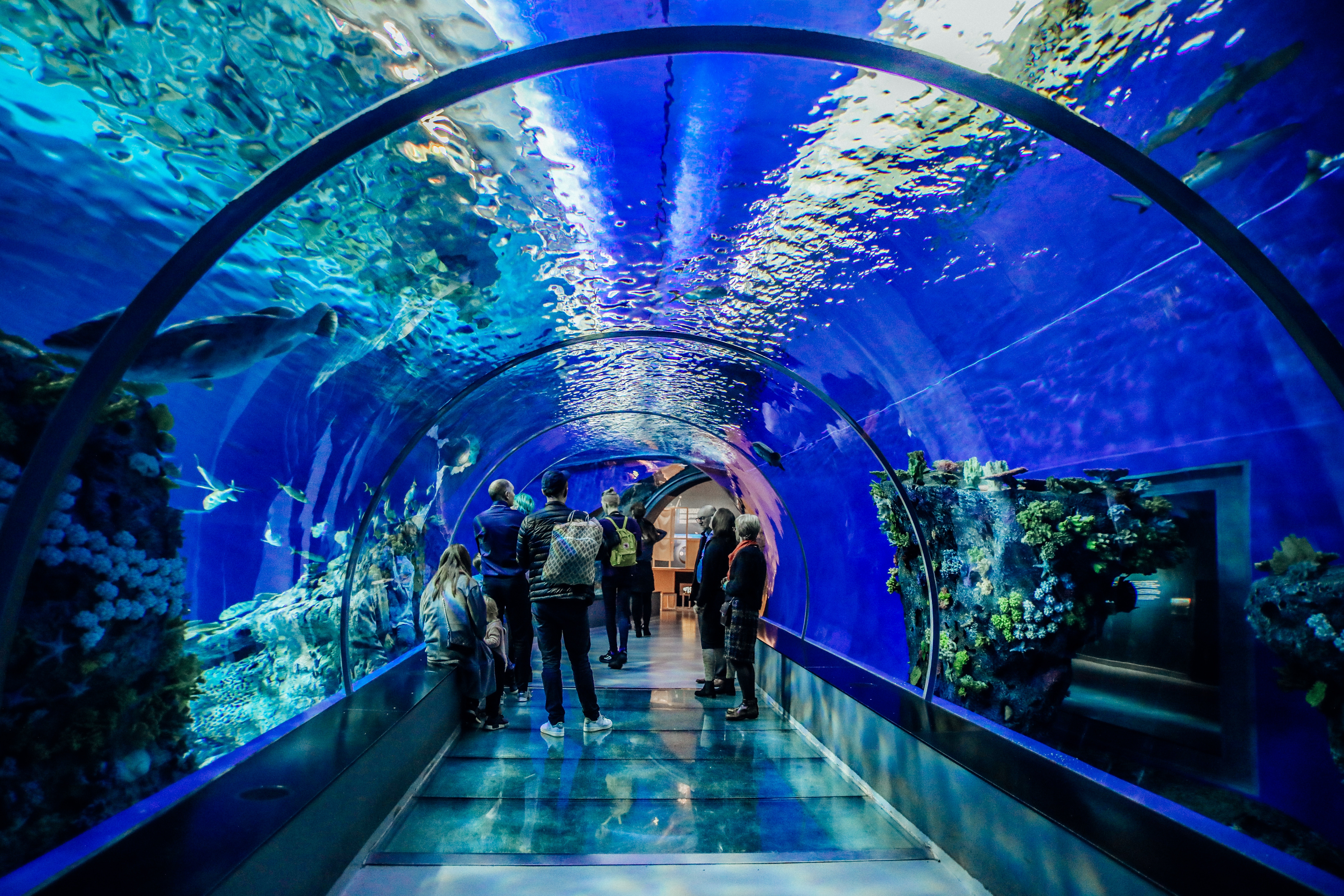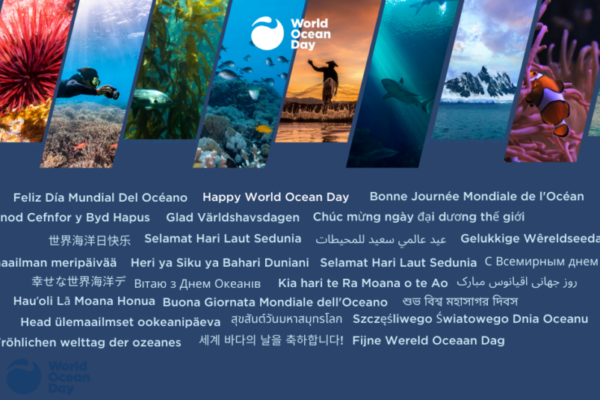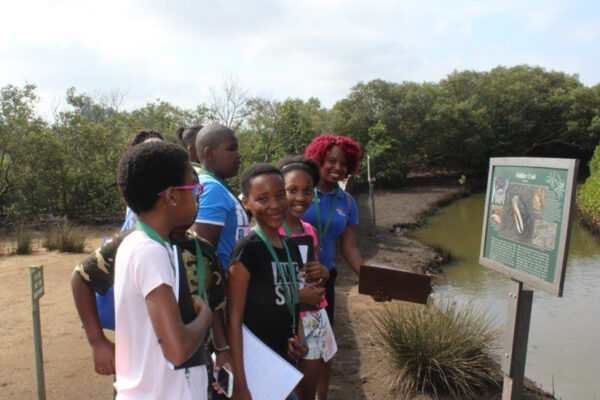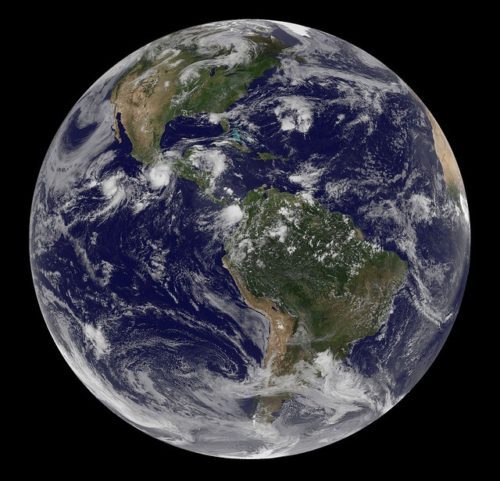If you’ve been tuning into our Make Conservation Happen webinar series that launched in April 2018, you’ve learned about the nuts and bolts of how you and your institution can take action and influence conservation public policy issues, as well as about many of the issues and opportunities to get more involved in effecting change. These webinars are geared to help support staff at zoos, aquariums, and museums (ZAMs) learn how to strategically, safely, and cost-effectively get more involved in conservation policy engagement and advocacy; we’ve focused on how you can make a difference, not on the wonky process details.
The goal of the webinars has always been to convert them into action, and there are two great upcoming opportunities to just that:
- May 7-8: AZA’s 2019 Capitol Hill Advocacy Day (draft agenda)
- June 4-6: National Marine Sanctuary Foundation’s Capitol Hill Ocean Week 2019 (CHOW 2019)
Click here to receive periodic notices and registration information for the webinars and related information. And mark your calendars for our next webinars:
- May 3rd 1:00 EDT: we will provide information helpful to those who are planning to attend one or both events in Washington D.C. and ways you can engage if you are not able to come to Washington. We will also pivot to the importance of a framing message that ties your programs, projects, and exhibits together and that establishes/enhances your credibility with public officials. Sign up now!
- June 14 1:00 EDT: we will present the latest efforts with five of our partners (Mystic, New England, Seattle, Texas State, and Virginia Aquariums) to engage the public on seafood sustainability and make a stronger connection to the importance of public policy, including ways your institution can become involved!
These webinars, like those that proceeded them, will be geared for those who interact with guests, community partners, public officials, and supporters, we’ve presented information that not only shows that you can engage in advocacy and lobbying to build stronger constituencies, but also that your guests arrive for their visits with an expectation you will provide information about what they can do to help animals and other wildlife.
Click here to access the PDF slides and/or recordings of the previous Making Conservation Happen webinars.
We’ve worked with your peers to share their stories and highlighted research that shows your visitors expect, trust and appreciate conservation information, especially when it is about what they can do to help animals. Speakers have shared the details of their engagement efforts and background on pending policy issues such as the Endangered Species Act, marine protected areas (National Marine Sanctuaries and National Monuments), healthy oceans and fisheries (Magnuson-Stevens Act), and plastic pollution, as well as zoos and aquariums turning their use of renewable energy and water conservation technologies into engagement opportunities, and other wildlife issues. Additionally, we’ve highlighted events like World Oceans Day and youth engagement programs like Sea Youth Rise Up that can grow your brand and involve youth associated with your ZAM with ways to help directly make a difference.
A key challenge to many ZAMs interested in engaging on policy efforts is determining when and where to begin. My experiences as a congressional staffer, consultant to ZAMs, and a lobbyist for conservation organizations make me certain of three things:
- The credible, science-based input that ZAMs can lend to public policy debates is sorely needed;
- Engaging in public policy issues that align with your mission is brand building; and,
- ZAMs already possess the core relationship building, marketing, public relations, and education and outreach skills that are needed for effective advocacy, but it’s a question of learning how to apply them within existing resources.




